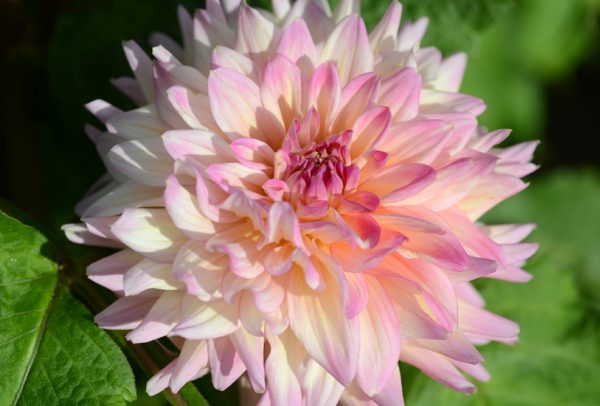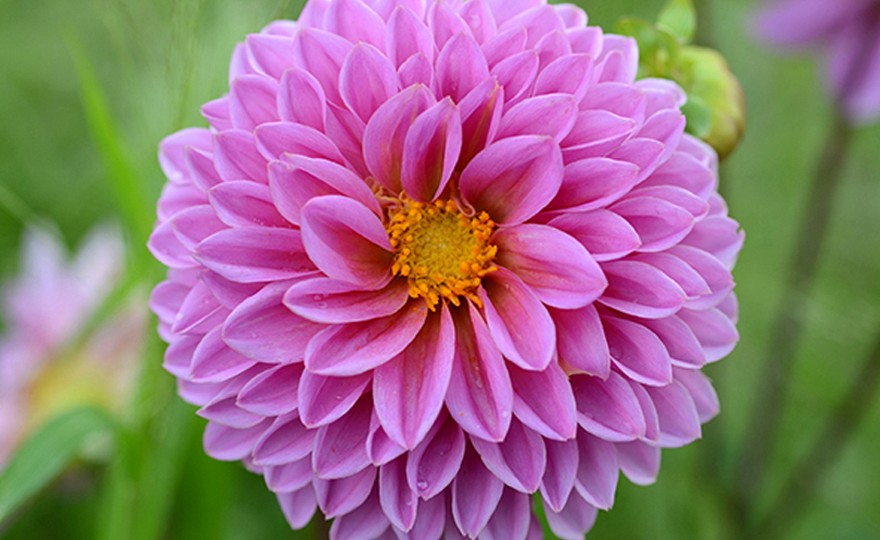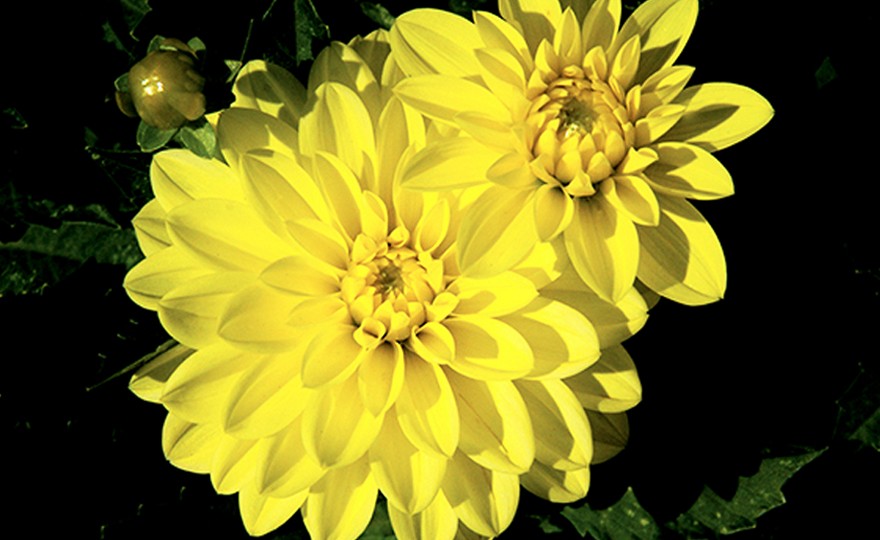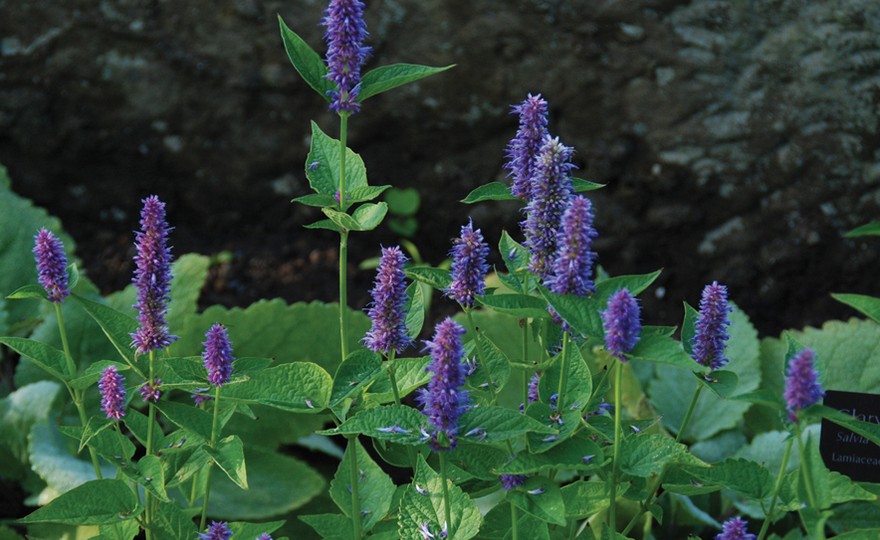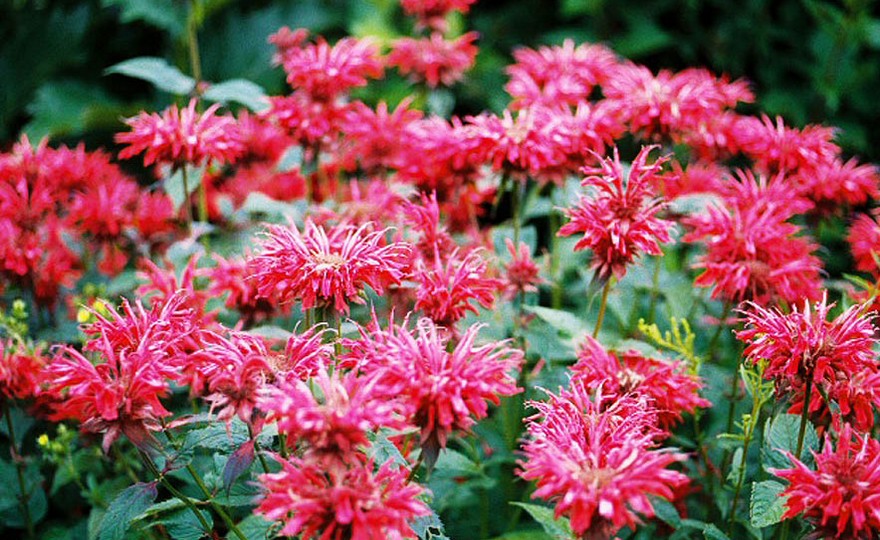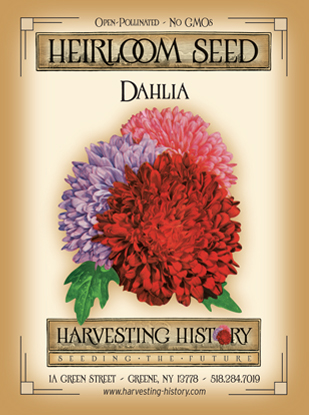
Decorative Dahlia, Romantique
-
- **SOLD OUT** HOLIDAY GIFTS **SOLD OUT**
- **SOLD OUT** Holiday Books **SOLD OUT**
- **SOLD OUT** Holiday Citrus **SOLD OUT**
- **SOLD OUT** Holiday Gift Certificates **SOLD OUT**
- **SOLD OUT** Holiday Paperwhites **SOLD OUT**
- **SOLD OUT** Holiday Praying Mantis Kits **SOLD OUT**
- **SOLD OUT** Holiday Tools **SOLD OUT**
- **SOLD OUT** Holiday Wildflower Mixtures **SOLD OUT**
- Citrus Trees
- **SOLD OUT** - Vegetable and Herb Plants - Mix & Match any 6 Plants for $50 - Only Shipped in Quantities of 6
- Elephant Ear Plants & Roots
- **SOLD OUT** 4-Inch Pot Herb Plants **SOLD OUT**
- Rare Plants
- **SOLD OUT** Vining Plants **SOLD OUT**
- Asian Seeds
- Beneficial Bugs
- Books
- Citrus Fertilizers
- Cold-Treated Bulbs - SEE BULBS FOR FALL PLANTING TO ORDER
- Cold-Treated Allium
- Cold-Treated Chionodoxa
- Cold-Treated Crocus
- Cold-Treated Hyacinthoides
- Cold-Treated Hyacinthus Orientalis
- Cold-Treated Narcissus
- Cold-Treated Cyclamineus Narcissus
- Cold-Treated Double Heirloom Narcissus
- Cold-Treated Jonquilla Narcissus
- Cold-Treated Large Cupped Narcissus
- Cold-Treated Poeticus Narcissus
- Cold-Treated Small Cupped Narcissus
- Cold-Treated Species Miniature Narcissus
- Cold-Treated Split Cupped Narcissus
- Cold-Treated Tazetta Narcissus
- Cold-Treated Triandus Narcissus
- Cold-Treated Trumpet Daffodils
- Cold-Treated Ornithogalum
- Cold-Treated Rock Garden Iris
- Cold-Treated Scilla
- Cold-Treated Tulips
- Cold-Treated Emperor Tulips
- Cold-Treated Fringed Tulips
- Cold-Treated Green or Viridiflora Tulips
- Cold-Treated Lily Flowering Tulips
- Cold-Treated Parrot Tulips
- Cold-Treated Peony Flowering Tulips
- Cold-Treated Single Early Tulips
- Cold-Treated Single Late Tulips
- Cold-Treated Species Tulips
- Cold-Treated Triumph Tulips
- Flower Bulbs, Corms and Tubers
- Bulbs for Spring Planting
- Bulbs for Fall Planting - ALL BULBS AVAILABLE ARE COLD TREATED FOR PLANTING AS SOON AS SOIL CAN BE WORKED
- Fall Blooming Bulbs
- Garden Tools & Equipment
- Gift Certificates
- HHH Exclusive Wildflower Mixtures
- Wildflower Mixtures
- Heirloom Garlic
- Potatoes
- Roots & Sets
- Seeds
- Flowers
- Herbs
- Vegetables
- **SOLD OUT** HOLIDAY GIFTS **SOLD OUT**
-
- No products to compare
-
9 in stock
Quick Overview
DECORATIVE DAHLIA, Ramantique
FULL SUN TO PARTIAL SHADE Dahlias grow from tuberous roots which are hardy in Zones 6 and higher. They are indigenous to the Mexican Central Plateau and Highlands. Romantique is a study in delicate and stunning beauty. This dahlia produces 4-6 in. diameter pink blossoms. The individual petals are a delicate pink which fades to creamy white at the pointed tips and at their base. The overall effect is of a pima ballerina’s stunning tutu. Plants are 36-40 inches.
Dahlia tubers should be planted in late spring when the danger of frost has passed in fertile, friable soil. For largest blossoms remove all but 1-2 upshoots. Water and dead head frequently. Dahlias will continue to bloom profusely throughout the summer and fall until a hard frost kills the plant. Once the plants have died back, dig the tubers and store in a cool, dry, dark area.
Dahlias make exceptional container plants – 1 dahlia per 14 in. diameter pot. They will require frequent watering and fertilizing with a heavy Potassium and Phosphorus fertilizer every 2 weeks.
| Type | Spacing | Planting Depth | Days to Germination | Maturity |
| Decorative | 18 in. | 6 in. | 14-21+ | 75 |

Decorative Dahlia, Romantique
In 1575, visitors to Mexico discovered the native dahlia, already in double form, being grown in the gardens of wealthy Mexicans throughout the country. The dahlia is indigenous to the central plateau and highlands of Mexico where even today, in late summer the wild progenitors of the extensive flower genus can be found blossoming among the boulders and on the cliffs and slopes of the ancient volcanic mountains. The Aztecs were probably the first to cultivate dahlias. Their gardens were filled with the plants. The first plants were introduced into Spain in 1789 and the Swedish botanist, Dahl, introduced the single red dahlia and a semi-double to the European commercial markets soon after. Dahlias were originally introduced as a food crop. Marketers hoped that the large dahlia tubers could be consumed like potatoes, but the tubers tasted foul and the plant became popular for its ornamental qualities. By the early 1800s, extensive develop was being done to increase the dahlia’s flower size. In 1806, 55 different single and double cultivars were on display in the Berlin Botanic Gardens and, as early as 1808, the first double, pom pon varieties were available to the public. The Belgians introduced the first “dinnerplate” size dahlias in 1814. Dwarf cultivars were introduced in 1838. In America, dahlias reached the height of their popularity in the 1840s. Few heirloom dahlias exist today. The oldest are Thomas Edison introduced in 1929 and Bishop of Llandaff introduced in 1927.
Dahlias come in just about every size imaginable from 8 inches to 4+ feet. Blossoms range in size from 2 inches to 10 inches. In Hardiness Zones 3-7, dahlias require full sun, but in Zones 8-9 they need to be in partial shade or in an east-facing location. They make outstanding container plants, 1 plant per 14 inch diameter pot, and in Zone 3 it is recommended that dahlias only be grown in containers. Dahlias require frequent watering, and if left to dry out will put on a dramatic display of horrendously drooping leaves and blossoms. During most winters in Zones 6 and higher, tubers can be left in the ground and, if protected with 4 inches of mulch, will return the following spring. In Zones 5 and lower, dahlias must be dug in the fall and stored in a cool, dry basement.
Dahlias are classified commercially in many ways, but these classifications tend to change. Current classifications include Dinnerplate dahlias – the largest plants with the largest flowers, Cactus dahlias – with long spikey flower petals, Pompon dahlias – with ball-shaped flowers, Decorative dahlias – with a wide range of plant heights and blossoms that range from 3-5 inches, Gallery dahlias – which are the shortest of the cultivars, Fimbriata dahlias – which produce large, opulent blossoms with frilled, long thin petals, Peony-flowering dahlias – that produce blossoms with 2-3 layers of petals and Anemone-flowering dahlias with blossoms that have a ‘puff ball’ of petals surrounded by more traditional dahlia petals.
Decorative dahlias are large plants ranging in size from 32-48 inches with 3-5 inch, fully double blooms. Blossoms rarely show the central disk. Most plants require staking. Like dinnerplates, flowers come in every color except true blue and there are cactus varieties.
In the gardens of America, today, dahlias are perhaps the most underappreciated flower we have. The showy plants produce showier blossoms throughout the summer and well into the fall. When all else has perished in the autumn garden, the dahlias will still be blooming profusely.
Dahlia tubers should be planted in late spring when the danger of frost has passed in fertile, friable soil. For largest blossoms remove all but 1-2 upshoots. Water and dead head frequently. Dahlias will continue to bloom profusely throughout the summer and fall until a hard frost kills the plant. Once the plants have died back, dig the tubers and store in a cool, dry, dark area.
Dahlias make exceptional container plants – 1 dahlia per 14 in. diameter pot. They will require frequent watering and fertilizing with a heavy Potassium and Phosphorus fertilizer every 2 weeks.
Dahlias are some of the easiest and most rewarding plants to grow in containers. The best soil mix is 60% topsoil, 20% peat moss and 20% compost or dehydrated cow manure. Check out the soil mix described in detail in our Harvesting History YouTube video. Do not use prepared soil mixes.
The Best Soil Mix for Containers
HARVESTING HISTORY HEIRLOOMS HAS SEVERAL YOUTUBE VIDEOS ON DAHLIAS. THEY CAN BE FOUND AT THE FOLLOWING LINKS:
GROWING DAHLIAS IN CONTAINERS
PLANTING DAHLIAS IN THE SPRING
LIFTING AND STORING DAHLIAS, CANNAS AND GLADIOLUS
DAHLIAS
DAHLIA SAMPLER

